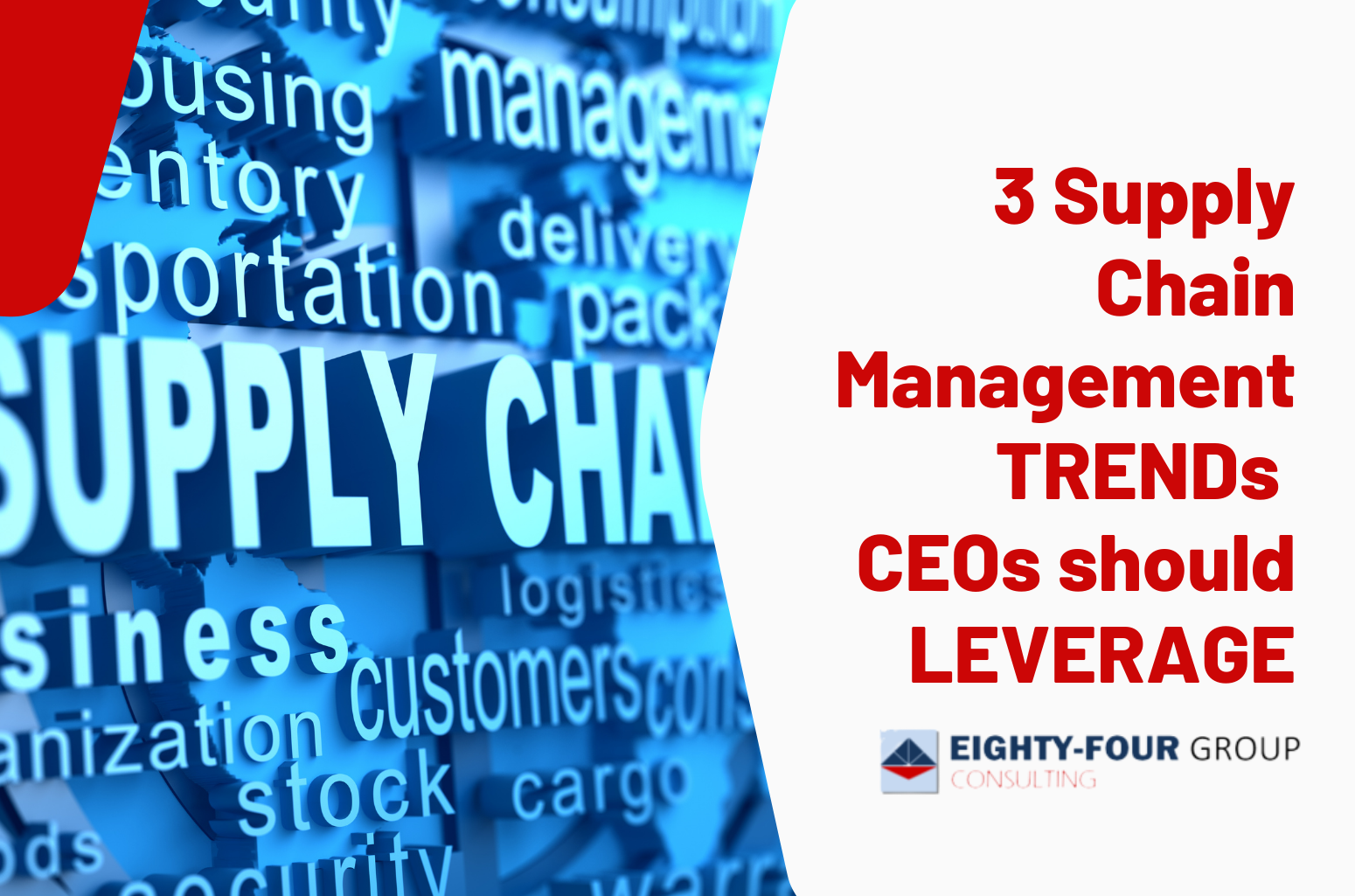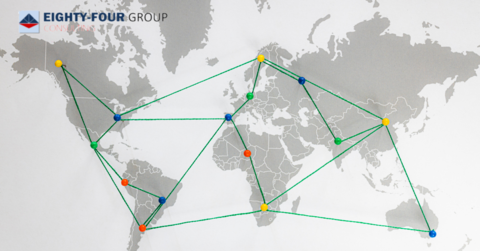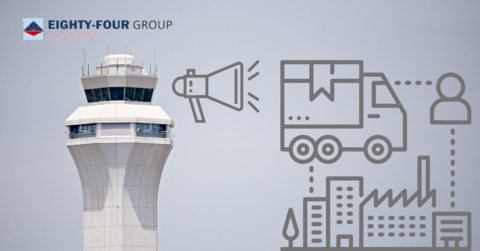CEOs or Entrepreneurs: 3 Supply Chain Management Trends and how you can profit

As an entrepreneur or CEO, you are the highest-ranking individual in the organization, and rightfully so. Most days are spent trying to craft the long-term strategy while managing or providing guidance on day-to-day crises, as well as making decisions on resource allocation. Becoming a supply chain management expert or supply chain management specialist is not high on your radar, nor should it be.

Sure, you can leave the daily supply chain shenanigans to your Chief Supply Chain Officer (CSCO), or Senior Supply Chain team. But, as the highest-ranking decision-maker, combined with the fact that the supply chain is 100% responsible for moving all inputs through to the conversion, and then to all customers. The impact of bad supply chain strategy, supply chain planning, or supply chain execution can be financially or cash-flow devastating.

Given that 80% of your product's cost is locked in based on supply chain sourcing, design, and execution. You can avoid costly mistakes by incorporating the trends reviewed below, into your strategic planning. It is critical to get this aspect of the business right in these times of volatility, uncertainty, complexity, and ambiguity (VUCA)
Here are the three key supply chain management trends you are likely not aware of but are impacting your organization today. These takeaways or topics should be discussed with your Supply Chain leadership for implementation:
TREND #1 - SUPPLY CHAIN PLANNING SHOULD EVALUATE NEARSHORING MORE AGGRESSIVELY

Nearshoring in simple terms, is the movement of an organization's operations or significant aspect of sourcing its key components, either in-country or to a nearby country location, and away from its current distant location.
With recent global supply chain disruptions, cascading into significantly extended supply chains and exorbitant air freight and ocean freight pricing. It is the perfect time to ask your supply chain team to conduct an evaluation, on whether continued long-term sourcing in faraway locations, is the best strategic decision for your company's future.
Labor costs are trending upwards and forecasted to continue doing so in China and Southeast Asia. This is a major source location, especially for many new entrepreneurs given the plethora of easily accessible sourcing tools and platforms, like Alibaba, which has a large vendor base in this region.

Although the product's first-cost or initial cost is cheaper than a nearshore location in most cases. The much higher potential for supply chain disruption or extension, and ensuing higher logistics costs means that your total landed costs, and working capital exposure are very likely no longer worth the risks.
CEO Tip - The decision to nearshore is, therefore, worth exploring with your supply chain team, and could actually be a strategic advantage for your organization when the next supply chain disruption occurs. And it will occur!
TREND #2 - IT PLATFORMS ARE EMERGING TO QUICKLY AND EASILY SUPERCHARGE THE SUPPLY CHAIN

There are numerous articles available on leveraging technology and big data as a supply chain execution tenet, and a reason for some companies' strategic success. This is evident in the Walmart supply chain, where they purposefully and strategically invested in advanced information technology. This is also chronicled in case studies on Amazon's supply chain, and Amazon's overall journey to online e-commerce dominance, where digitization is a strategic competitive advantage.
Understandably, the challenge around achieving this goal in other organizations has been the sheer cost and implementation time to deploy sophisticated enterprise-level systems. Systems that can achieve a high level of supply chain visibility, alerting, and prediction. Fortunately, as a CEO or entrepreneur, you also now have the ability to leverage the power of big data, and turn it into insights, to more effectively and profitably manage your supply chains, and ultimately your bottom line. How?
Since 2007 there has been an emergence of IT platforms known as no code - low code platforms. These platforms make it easier to implement processes and systems for much-improved supply chain visibility. This results in better cost control, and bottom-line performance. Simply put, a no code - low code IT platform, is one where the user does not need programming knowledge in order to create an enterprise-level, safe application for consistently managing data and information flows around any process. This platform is possible by using pre-built interfaces and drag-and-drop tools.
One key benefit of this platform development approach is freeing the IT center-of-excellence department's time in creating much-needed supply chain visibility tools. And, development responsibility for supply chain visibility tools is now turned over to the supply chain users themselves, who have more bandwidth, and are closer to the problem that needs to be solved.

Developed solutions are therefore more user-friendly, accurate, and implemented faster. Importantly, the organization is now more reactive and agile, in addressing external factors. This organizational ability is needed to gain market share on your competitors, or respond better to external events compared to your competition.
We have noticed this trend and think it is a key skill needed in your supply chain team at this time.
CEO Tip - Invest in the right no code - low code platform for your organization, and ensure your IT department has effectively implemented this, especially across your supply chain teams. The dividends of having your key operational arm developing solutions quickly, iterating, and acting on the best available information is priceless
TREND #3 - STRUCTURE YOUR SUPPLY CHAIN TEAM FOR SUCCESS!

Continuing with the premise that Entrepreneurs or CEOs are not expected to be supply chain experts, it is therefore understandable that even today, most organizations are still structured in traditional supply chain silos. Unfortunately, a key characteristic of this structure, is the pass-the-baton approach. This limits the organization from being truly agile and responsive to any threats on the horizon. With the current structure, many issues are not properly resolved, but simply escorted out of the department to a downstream department.
A typical scenario example of this dysfunction can be as follows. The procurement team simply sources and buys products using fragmented, and in many cases old data and demand trends. Meanwhile, the logistics team makes inbound planning decisions that do not reflect the most current business priorities. And finally, the production and outbound logistics teams, schedule activities that are not fully connected to the companies requirements and immediate business goals.
This scenario is largely the result of a legacy supply chain structure that is built on procurement, materials management, and logistics teams, operating as separate departments or silos. This is also fostered by the functional silo-based information flows, found in many popular ERP software packages used to power most organizations. This ERP model forces the company's process flows to adapt to the tool as opposed to vice-versa.

The unfortunate consequence to the organization, is excess spend, and missed opportunities to increase revenue and market share, as operations and logistics are not fully aligned to the actual business opportunities.
What is needed today? A modern approach to your supply chain department structure. One that ensures every critical aspect of your value chain which is under control of operations, has a clear owner and metrics aligned to operational and business requirements.
In addition, you need a layer above this operational structure that spans the entire value chain. This layer quickly shares information to all parties, monitors overall value chain performance to the business requirements, and manages any operational pivots needed.
This is akin to a control tower approach, but the twist we recommend is to complete the following steps before adding the control tower.

Step 1: Identify the broad operations strategy needed to support the overall business strategy. This can and will evolve over time, as the business matures and its business strategy changes. The broad operations strategy review should be conducted annually at a minimum.
Step 2: Get specific on the identified broad operations strategy, by determining the key or critical value stream operations activities needed to execute and procure, convert and deliver the products.
Step 3: Develop and assign 1 to 2 KPIs that measure and track required performance at each critical value stream activity step identified in Step 2. Each KPI must also have a clear performance owner, even if an owner is responsible for 1, 2, or 3 of the value chain processes and metrics.
Step 4: Once the value chain is mapped, measured, and tracked, add the control tower support layer to provide value chain-wide daily visibility, communications, and continuous alignment with the required business strategy. This control tower support layer should also have a clear owner who is normally a senior operational supply chain leader with direct access to the organization's senior leadership layer. The key here is cross-functional and value chain-wide decision making that supports the overall business goals and not sub-optimal decision making.
This structure, supported by a great information system (see Trend #2), will position the organization for agile responses to supply chain issues and full, continuous alignment to the organization's business goals.
CEO Tip - Challenge your Supply Chain leadership to conduct the above assessment and implement a more modern approach to supply chain management as soon as possible.
CONCLUSION
These 3 Supply Chain management trends are quickly emerging in today's business space. As the organization's CEO, you too can leverage them to super-charge your organizational success, without becoming a supply chain expert.
Footnote - No supply chain operators were harmed in the writing of this article...